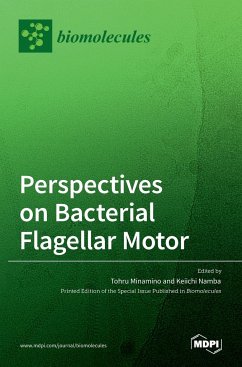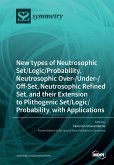The bacterial flagellum is a supramolecular motility machinery consisting of the basal body acting as a rotary motor, the hook as a universal joint and the filament as a helical propeller. The bacterial flagellar motor composed of a rotor ring and a dozen stators is powered by an electrochemical-potential difference of specific ions across the cytoplasmic membrane and rotates in either the counterclockwise (CCW) or clockwise (CW) direction. A sensory signal transduction pathway regulates the switching between the CCW and CW states of the motor in response to environmental stimuli, allowing bacterial cells to migrate more desirable environments for their survival. The core structure of the bacterial flagellum is conserved among bacterial species. However, recent structural analyses of intact flagellar structures derived from various bacterial species by electron cryotomography and subtomogram averaging have shown that novel and divergent structures surround the core structure, suggesting that the flagellar motors have adapted to function in various environments of the habitat of bacteria. This Special Issue of Biomolecules covers recent advances in our understanding of and perspectives on the flagellar motor derived from different bacterial species.
Hinweis: Dieser Artikel kann nur an eine deutsche Lieferadresse ausgeliefert werden.
Hinweis: Dieser Artikel kann nur an eine deutsche Lieferadresse ausgeliefert werden.








